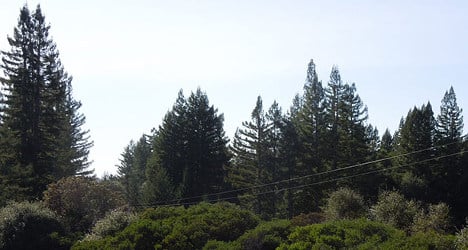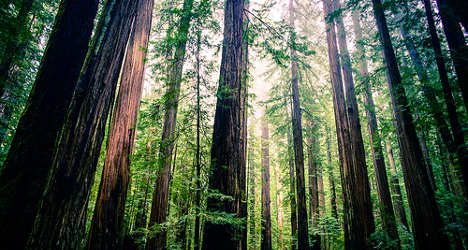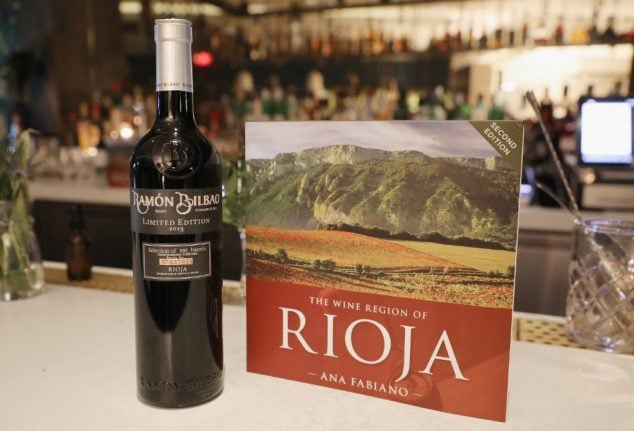It's been billed as a battle between redwoods and red wine by the US' National Public Radio.
On one side, there are environmentalists hoping to protect trees which are the world's largest, but which also see their habit under increasing threat from logging, pollution and fire management techniques.
In the opposite camp are California's winemakers who, according to Chris Poehlmann, president of the environmental group Friends of the Gualala River, are creeping ever closer to the coast in their search for land to grow cold-climate wines.
Now, in what has been seen as a test case for the expansion of the state's wine industry, environmentalists have launched a legal challenge to the development of a vineyard owned by Arteasa, part of the holdings of Spanish wine conglomerate Codorníu.

The site in California where Spanish-owned company Artesa hopes to develop its vineyard.
Three environmental groups have joined forces to sue California's Department of Forestry and Fire Protection.
They say officials violated California's environmental laws when they green-lighted Artesa's redwood felling project in 2012, and argue the new vineyard will damage the local ecosystem and lead to the clear-felling of redwood trees.
But Artesa say the area of the vineyard in California's Sonoma Country is home to only two large redwood trees of around 60 years in age, and that these would be protected.
The area in question was clear cut less 60 years ago and an apple orchard planted, the company said in a statement.
Other redwood trees on the site were younger, and therefore not protected they argue.
Artesa also plan to leave 47 percent of the site forested, a move they called "unusual" given that vineyards were usually designed for maximum efficiency.
The California state attorney general's office agrees with the winemakers.
In a written rebuttal to the lawsuit opposing the vineyard, they wrote: "Petitioners are wrong. The project site is not a 'redwood forest.' . . . [I]t was completely harvested and converted to grazing and orchard. . . . Conifer timber is now just beginning to recapture the site."
California's Department of Forestry and Fire Protection also said a thorough environmental impact report had shown potential impacts to be "less-than-significant."
It's not a position that satisfies locals.
"I basically moved up here to live in a forest, and [their project] is going to destroy everything I came here for," resident Jamie Hall told local website bohemian.com.
"At least we'll have plenty of wine to drink while we bemoan the fact that our forests are all used up," Poehlmann of the Friends of the Gualala River said.




 Please whitelist us to continue reading.
Please whitelist us to continue reading.
Member comments